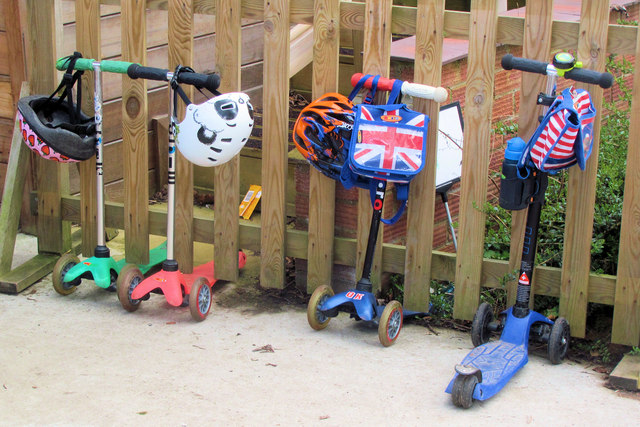January 2020 Technology Updates
- Author: Kevin Chambers
- Date: January 15, 2020
New In the Podcast Playlist On the War on Cars podcast: Kara Swisher Says Car Ownership is Finished. “Last March,…

There are a few indirect ways to think about mobility management. NCMM embraces these methods, such as design thinking, as ways to guide communities in thinking outside of the box. By making leaders use perspectives outside of their daily tasks, it can assist in innovative thinking and can directly positively contribute to their work.
This week’s news reflects this idea of considering issues and industries adjacent to mobility management. Instead of directly taking on people’s movement, mobility managers can find inspiration or solutions through certain analogues to achieve their own missions.
By taking an alternative look at people’s access to resources inside the city, Minneapolis, Minnesota, may have uncovered a successful approach to redesigning its bus routes and rebuilding ridership. While residents may resist new amenities in a neighborhood for fear of generating traffic, one author argues that Minneapolis' grocery boom actually fights congestion because, while a store generates more trips, it brings food closer to people. As a result, those trips won’t happen by car, but by foot or bike, since those become more convenient modes. Building grocery stores near population centers is also an effective way to reduce the mobility barrier to accessing healthy food and therefore easing at least one strain on a community’s needs.
From a funding perspective, vehicular traffic tends to overshadow public transit and mobility management. So while it’s exciting to pass new revenue measures dedicated to transit funding, the lack of transit’s inclusion as a priority in the regular budgeting process brings into question if the current approach actually undermines services’ long-term stability. If road improvements can be part of the regular budget process, shouldn’t all mobility options? In the meantime, there is no need to despair, as creative funding sources abound (such as the pastries that bankroll the Budapest metro) and give mobility managers room to explore a wide range of possibilities
The quick rise of shared electric scooters in some big cities also shows the possibilities of thinking creatively about mobility. The surge in the use of these scooters shows how watching the way customers use services can provide insight into further improvements in local mobility options. This author argues that scooters present an incredible potential for addressing the specific mobility needs of children and older adults, but highlights that it will take a lot of engagement with the companies deploying these fleets to ensure they live up to the challenge.
Looking beyond our current networks can expand the potential for finding insights that lead to success. Though transit ridership has been falling in American cities (and rising in rural communities), Canada’s urban centers have seen transit usage climb in recent years. Since Canadian cities hold a number of strong parallels to American counterparts, they can be a helpful lens to show how mobility professionals might better engage their own communities in the services at their disposal – or encourage them to support even more options.
Image Credit: Chris Reynolds, The Nursery School scooter park at Goldfield School, Tring, CC-by-SA/2.0
Have more mobility news that we should be reading and sharing? Let us know! Reach out to Sage Kashner (kashner@ctaa.org).
Please confirm you want to block this member.
You will no longer be able to:
Please note: This action will also remove this member from your connections and send a report to the site admin. Please allow a few minutes for this process to complete.